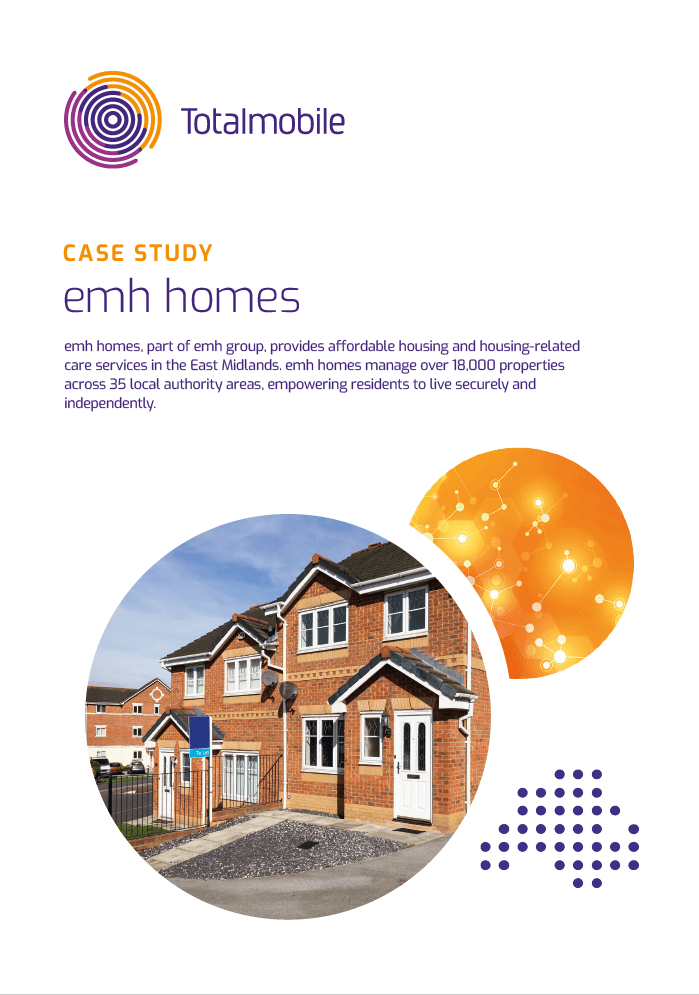Lone Worker Risk Assessment
Lone workers face a variety of hazards and risks distinct from those experienced by colleagues in an office setting. With over 8 million lone workers in the UK alone, the need to clarify your lone-working risk is clear. This guide introduces guidance on conducting lone-worker risk assessments.
Check out this article for a complete introduction to lone working.
Understanding Lone Worker Risk Assessment
A lone worker risk assessment is a systematic process of identifying and evaluating risks associated with a job performed by a lone worker. When conducting a risk assessment for lone workers, it’s crucial to consider hazards related to the work being performed, the individuals they interact with, and the various environments they traverse and operate in. This assessment aims to determine the necessary steps to manage health and safety risks for your lone workers.
Is a Lone Worker Risk Assessment Legally Required?
Yes, conducting risk assessments for lone workers is a fundamental legal obligation that applies to all employees. If you employ five or more individuals, you are legally obligated to document and maintain a record of your risk assessment.

What Should be Included in a Lone Worker Risk Assessment?
Your lone worker risk assessment should include the identified hazards, who could be affected and in what way, existing procedures to prevent harm, and any additional measures you plan to implement to mitigate risk further.
It’s also beneficial to document who conducted the risk assessment, the date it was performed, the dates for subsequent actions and when a review is due.
How to Conduct a Lone Worker Risk Assessment?
Risk assessments should be performed by an individual who is accountable for health and safety in your organisation and possesses the necessary experience and knowledge. After identifying all lone workers in your organisation, you can adhere to the 5-step risk assessment process outlined by the Health and Safety Executive.
Below we summarise the critical steps for risk management based on this advice, and we highly recommend reading it here.
Health & Safety Executive: Managing risks and risk assessment at work
Process for Risk Management
Risk management is a systematic process designed to mitigate health and safety risks posed by workplace hazards. You can undertake this process yourself or delegate it to a competent individual.
Risk Management Steps
- Hazard Identification
- Risk Assessment
- Risk Control
- Documentation of Findings
- Review of Controls

Step One: Hazard Identification
Inspect your workplace and identify potential sources of harm, known as hazards. You can identify risks through regular inspections and observations in fixed or routine work environments, including work vehicles. However, many lone workers operate across various irregular sites on an unfixed basis. While visiting each site may not be feasible, consider the following:
- How people work and how machinery and equipment are utilised
- The chemicals and substances in use
- Existing safe or unsafe work practices
- The overall condition of your premises
Review your accidents and health issues records, as they can help you recognise less apparent hazards. Consider non-routine operations like maintenance, cleaning, or changes in production cycles. It would be best if you also considered health hazards such as manual handling, chemical usage, and sources of work-related stress. For each identified risk, consider how employees, contractors, visitors, or the public might be harmed.
Step Two: Risk Assessment
After identifying the hazards, you need to determine the likelihood of harm occurring and the potential severity of injury to your lone worker. The measures you implement to reduce or eliminate risk should consider the following:
- Who could be harmed, and how
- Existing efforts to control the risks
- Additional actions needed to manage the risks
- Who will implement the action
- The deadline for the action
If your risk assessment has identified multiple hazards, prioritise them and address the most severe risks first. For risks that could lead to accidents or health issues, determine whether immediate short-term controls are necessary while you work on long-term risk control measures. Remember that the higher the risk, the more robust and dependable the control measures must be.
Step Three: Risk Control
Evaluate your current practices and existing controls. Ask yourself:
- Can I completely eliminate the hazard?
- If not, what measures can I take to minimize the risks and prevent potential harm?
If further controls are needed, consider the following:
- Job redesign
- Replacement of materials, machinery, or processes
- Work organisation to reduce exposure to materials, machinery, or processes
- Identification and implementation of safety measures
- Provision of personal protective equipment and ensuring its use
What ‘Reasonably Practicable’ Means
While you’re not expected to eliminate all risks, you must do everything ‘reasonably practicable’ to protect people from harm. This involves balancing the risk level against the measures needed to control the actual risk in terms of money, time, or trouble.

Step Four: Documenting Your Significant Findings
If your workforce includes more than five employees, you must document your significant findings legally. This consists of the hazards identified, how your lone workers might be at risk, and the measures you’ve implemented to manage the risk.
Your records should be straightforward and understandable and focus on the control systems you’ve established. Maintaining a record allows you to revisit previous risk assessments and provides you with foundational evidence in case of an accident or incident.
Step Five: Review Controls
Workplaces are dynamic, and new hazards will likely emerge as your business grows, new employees are hired, or new equipment and work methods are introduced.
You may also discover that the procedures you’ve implemented have yet to be as effective as expected, and additional measures are needed to manage risk.
In this case, you must review the implemented controls to ensure their effectiveness. Reviews should also be conducted if:
- The controls may no longer be effective
- Changes in the work environment could result in fresh hazards, like modifications to personnel, procedures, materials, or machinery utilized.
Conduct an evaluation if your employees have pointed out any issues or if there have been any incidents or close calls. Modify your risk assessment log to reflect any alterations you implement.
Closing Thoughts
Complete the form below to access our risk assessment template. It’s important to remember that the template is just a tool to guide you and should not be used in practice. The primary focus should always be on the practical application of risk control measures. Ensuring the safety of your lone workers in their day-to-day operations is paramount and should always be your main priority.
Lone working is an integral part of today’s workforce. Stay informed about laws for lone workers and meet legal requirements to ensure a safe working environment for them. By taking proactive measures and investing in comprehensive lone-worker safety solutions, you too can foster a culture of safety and well-being.








